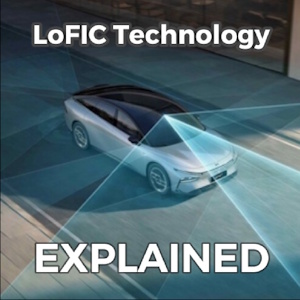Volkswagen launched its software subsidiary CARIAD in 2020 to unify software and electronics architectures across its brands. Despite high ambitions, delays, complexity, and cost overruns hindered progress. In response, VW repositioned CARIAD as a coordinator rather than a full development hub, integrating software from external partners like XPeng Inc. and Rivian. At the same time, the company is developing its own AI chip for EVs in China via the CARIZON joint venture with Horizon Robotics, reinforcing a “China‑for‑China” strategy.
What’s Changing and How It Affects VW’s Technology Roadmap
CARIAD’s new role is to integrate and coordinate partner software rather than build it entirely in-house. Volkswagen is licensing XPeng’s XNGP autonomous driving solution and co-developing the China Electronics Architecture (CEA) with XPeng for next-generation EVs. Meanwhile, the AI chip from CARIZON will deliver roughly 500–700 TOPS for processing sensor and camera data in smart vehicles, with deployment expected in 3–5 years. This strategy is intended to accelerate development, reduce costs, and maintain competitiveness in China.
However, reliance on external software and hardware introduces integration risks and reduces direct control over core technology, particularly for vehicles intended for European markets.
Why This Matters for Europe and the Global EV Landscape
Volkswagen’s new strategy highlights the growing influence of software-defined vehicles and external partnerships in the EV sector. In Europe, future VW models may incorporate XPeng’s autonomous software and CEA-based electronic architectures, even if the vehicles are assembled locally. While this can speed feature rollout and reduce development times, it also raises questions about adaptation to European regulatory, safety, and consumer expectations. European buyers and industry watchers should pay attention to software quality, update cadence, integration reliability, and data security as VW implements this China-led approach globally.
Globally, this pivot reflects the pressures facing legacy automakers: keeping up with EV innovation, managing costs, and adapting to fast-evolving tech landscapes in China and beyond.
Buying Guide
FAQ
What is CARIAD and what was its original purpose?
CARIAD is Volkswagen Group’s software subsidiary, created to lead development of a unified software platform across all brands, including infotainment, ADAS, and cloud services.
What has Volkswagen changed now?
CARIAD now coordinates and integrates software from external partners like XPeng and Rivian rather than developing everything internally. Simultaneously, Volkswagen is developing an in-house AI chip in China through the CARIZON joint venture with Horizon Robotics.
What is XPeng’s role in Volkswagen’s strategy?
Volkswagen is licensing XPeng’s XNGP autonomous driving system and co-developing the China Electronics Architecture (CEA) for future EVs. This partnership strengthens VW’s software and electronic capabilities, especially in the Chinese market, and could influence European models.
What is the AI chip project about?
The AI chip (SoC) will process sensor and camera data with 500–700 TOPS, enabling advanced autonomous and smart vehicle functions. Delivery is expected within 3–5 years for China-market EVs.
How does this affect VW’s cars in Europe?
European vehicles may use architectures and software initially developed for China, impacting software updates, autonomous features, and integration quality. Buyers and fleet operators should monitor support, data security, and regulatory compliance.
What are the risks or challenges?
Relying on external software and hardware could reduce VW’s internal autonomy, create integration issues, and complicate adaptation for non-Chinese markets. Maintaining quality and reliability is key.
Featured Image: Wikimedia Commons

















